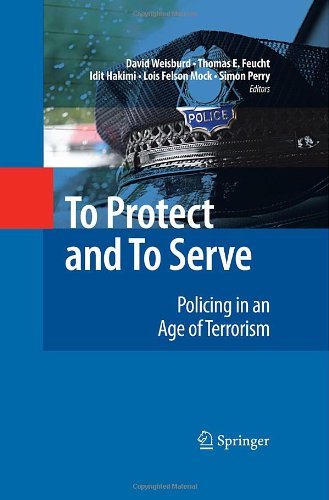

Most ebook files are in PDF format, so you can easily read them using various software such as Foxit Reader or directly on the Google Chrome browser.
Some ebook files are released by publishers in other formats such as .awz, .mobi, .epub, .fb2, etc. You may need to install specific software to read these formats on mobile/PC, such as Calibre.
Please read the tutorial at this link: https://ebookbell.com/faq
We offer FREE conversion to the popular formats you request; however, this may take some time. Therefore, right after payment, please email us, and we will try to provide the service as quickly as possible.
For some exceptional file formats or broken links (if any), please refrain from opening any disputes. Instead, email us first, and we will try to assist within a maximum of 6 hours.
EbookBell Team

4.7
86 reviewsSince 9/11, the threat of terrorism has become a key issue in police agencies throughout the world. How should the police change to counter terrorism threats? What implications do such changes have for traditional responsibilities of the police like combating crime, or in the resources or focus of modern police agencies? To Protect and To Serve: Policing in an Age of Terrorism brings together distinguished American and Israeli policing scholars, who pool their knowledge and experience to shed light on what has happened to policing since the turn of the century, and what trends can be expect over the next few decades.
To Protect and To Serve begins by asking what terrorism is and what forms it takes, and discusses how it raises new questions for democratic societies and democratic policing. While many scholars and lay people take for granted the fact that the police should play a central role in the fight against terrorism, the volume also examines critically the rationale for the police role. Accordingly a chapter also examines the role that the police should play in the complex task of preventing, and responding to terror, and responding to the outcomes of terror? Another chapter begins with a description of the specific strategies and tactics that police agencies have developed to deal with terrorism (and the outcomes of terrorism), and assesses what works both in preventing terrorism and in dealing with its consequences. A critical issue that has received comparatively little attention is addressed in another chapter, which examines how police agencies responded organizationally to the added responsibilities of fighting terrorism. Finally, the book also examines the impact of fighting terrorism on minority and majority communities, and the questions of legitimacy that are raised by new roles that police take on.